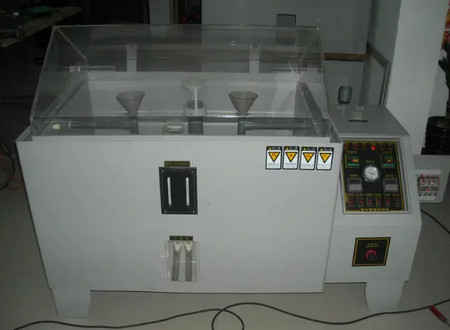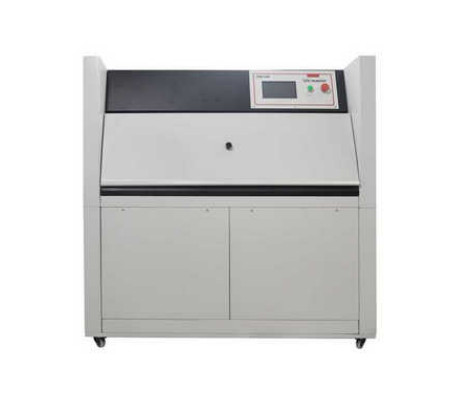Difference between salt spray tester and UV aging tester

Salt spray test chambers and UV aging test chambers are two common types of environmental aging test equipment that are used to evaluate the durability and stability of materials and products in harsh environments. Here are some of the main differences between them:
1. Aging principle and mode of action:
- Salt Spray Chamber: The salt spray chamber simulates the corrosive effects of marine and salt spray environments on materials such as metals and coatings by generating a salt spray environment. It adopts the way of brine solution spraying, the salt spray to the surface of the material under test, simulating the corrosion of the ocean, coast and other harsh environments.
- UV Aging Tester: The UV aging tester accelerates the aging process of materials under UV light by simulating the UV portion of the natural spectrum, especially UV-B and UV-A light sources irradiating the surface of materials. It is mainly used to evaluate the durability of materials against fading, deterioration and deformation caused by UV light exposure.

2. Aging factors:
- Salt Spray Test Chamber: Salt spray test chamber mainly simulates the salt spray corrosive environment, and conducts corrosion performance test for materials such as metals and coatings. It can simulate marine climate, atmospheric corrosion and other exposure environments.
- Ultraviolet aging test chamber: ultraviolet aging test chamber mainly simulates the aging process of materials under ultraviolet light irradiation, which is important for assessing the weather resistance and color stability of materials. It can simulate the ultraviolet radiation in the solar spectrum and conduct UV aging test on materials.
3. Aging mechanism:
- Salt Spray Test Chamber: Salt spray test chamber simulates salt spray corrosion in marine environment by spraying with brine solution. The chloride ions and oxygen of salt spray will have electrochemical reactions with the metal surface to form corrosion products such as chlorides, so as to assess the corrosion resistance of the material.
- Ultraviolet aging tester: The ultraviolet aging tester uses the energy and radiation of ultraviolet light to cause changes in the molecular structure of materials, simulating the effects of ultraviolet radiation on the fading, deterioration and deformation of materials. The action of ultraviolet light can cause material oxidation, photothermal degradation, oxidative cleavage and other reactions.

4. areas of application:
- Salt spray test chamber: Salt spray test chamber is mainly used for corrosion performance testing and corrosion assessment of metal products, coatings, electronic components, automotive parts, etc. in the marine environment.
- Ultraviolet aging test chamber: ultraviolet aging test chamber is mainly used in plastics, coatings, rubber, textiles and other materials weather resistance and color stability assessment.
In summary, salt spray tester and UV aging tester are used to simulate different environmental conditions and testing requirements. Salt spray test chambers are mainly used for corrosion performance testing, simulating salt spray corrosion in the marine environment; while UV aging test chambers are mainly used for weathering assessment, simulating the aging and fading problems of UV light on materials. The selection of suitable weathering test equipment depends on the specific application requirements and the nature of the material being tested.
2023-08-22 11:16


